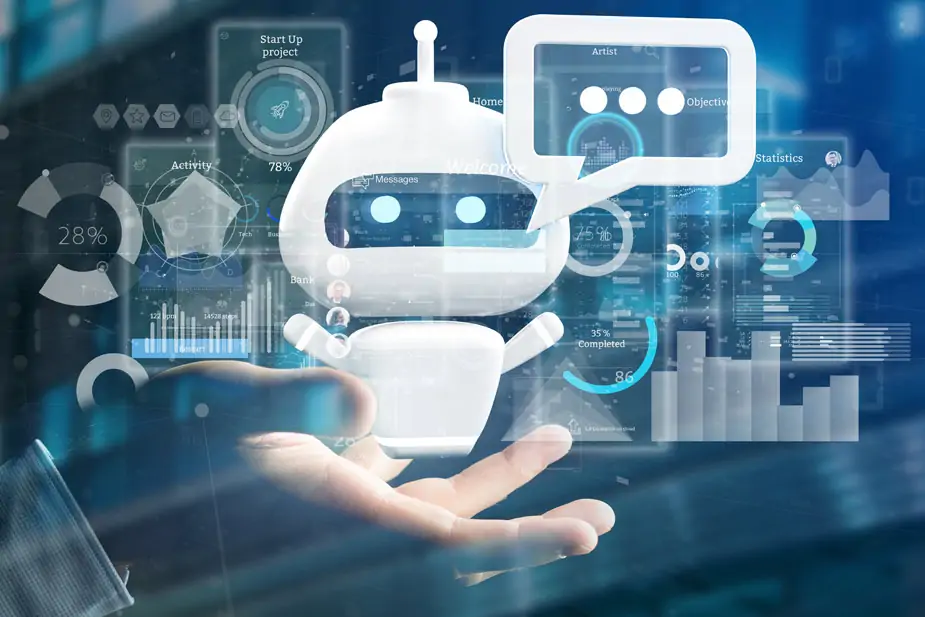Chatbots, the remarkable computer programs harnessing the power of artificial intelligence (AI), have redefined the boundaries of human-like conversation simulation. They are also known as virtual assistants, conversational agents, or bots. Chatbots can be used for a wide range of purposes, from customer service to information gathering to entertainment.
In this article, we will explore the meaning, working, types, and examples of chatbots. In addition, we will address commonly asked questions regarding chatbots.
What is a Chatbot in Artificial Intelligence?
Definition of Chatbot
A chatbot is a computer program that uses natural language processing (NLP) and machine learning to understand and respond to user queries. Chatbots can be text-based or voice-based and are designed to simulate human conversations.
History of Chatbots
The first chatbot, ELIZA, was created in the 1960s by Joseph Weizenbaum, a professor at MIT. ELIZA used a simple script to mimic a psychotherapist and could respond to user queries with scripted responses. Since then, chatbots have evolved significantly and are now used for a wide range of applications.
Advantages of Chatbots
Working of Chatbots
Components of a Chatbot
A chatbot typically consists of three components:
Types of Chatbots
Chatbots can be broadly classified into four types based on their level of sophistication and the extent of their learning abilities:
1. Rule-Based Chatbots
2. AI-Powered Chatbots.
3. Virtual Assistants
4. Social Messaging Chatbots
How Chatbots Work
Chatbots work by using a combination of algorithms and natural language processing to interpret user input and provide relevant responses. When a user sends a message to a chatbot, the chatbot’s algorithms analyse the message and try to understand the intent behind it.
The chatbot then uses its database of predefined responses and rules to generate a response that is relevant to the user’s query. In the case of AI-powered chatbots, the chatbot may also use machine learning algorithms to improve its understanding of user input over time.
Chatbots can be integrated with various messaging platforms and can be accessed through a variety of channels, including websites, mobile apps, and social media platforms.
Examples of Chatbots
Many examples of chatbots are in use today, from customer service chatbots on e-commerce websites to virtual assistants like Siri and Alexa. Examples:
1. The Weather Channel
2. Duolingo
3. H&M
4. Uber
FAQs
What is a chatbot in artificial intelligence?
A chatbot is a software program that uses artificial intelligence (AI) to simulate a conversation with a human user. They are designed to respond to natural language queries and can be used in various applications, such as customer service, e-commerce, and healthcare.
What are the 4 types of chatbots?
The four main types of chatbots are:
What kind of AI is used in chatbots?
Chatbots use a variety of AI techniques, such as natural language processing (NLP), machine learning (ML), and deep learning (DL). These techniques help chatbots understand and respond to user queries in a more natural and human-like way.
What is an example of a chatbot?
Some popular examples of chatbots include:
Conclusion
Chatbots are becoming increasingly popular as businesses look for ways to automate customer service interactions and provide a more personalised experience for their users. With advances in artificial intelligence and natural language processing, chatbots are becoming more advanced and versatile and are likely to play an even bigger role in the future of customer service.
